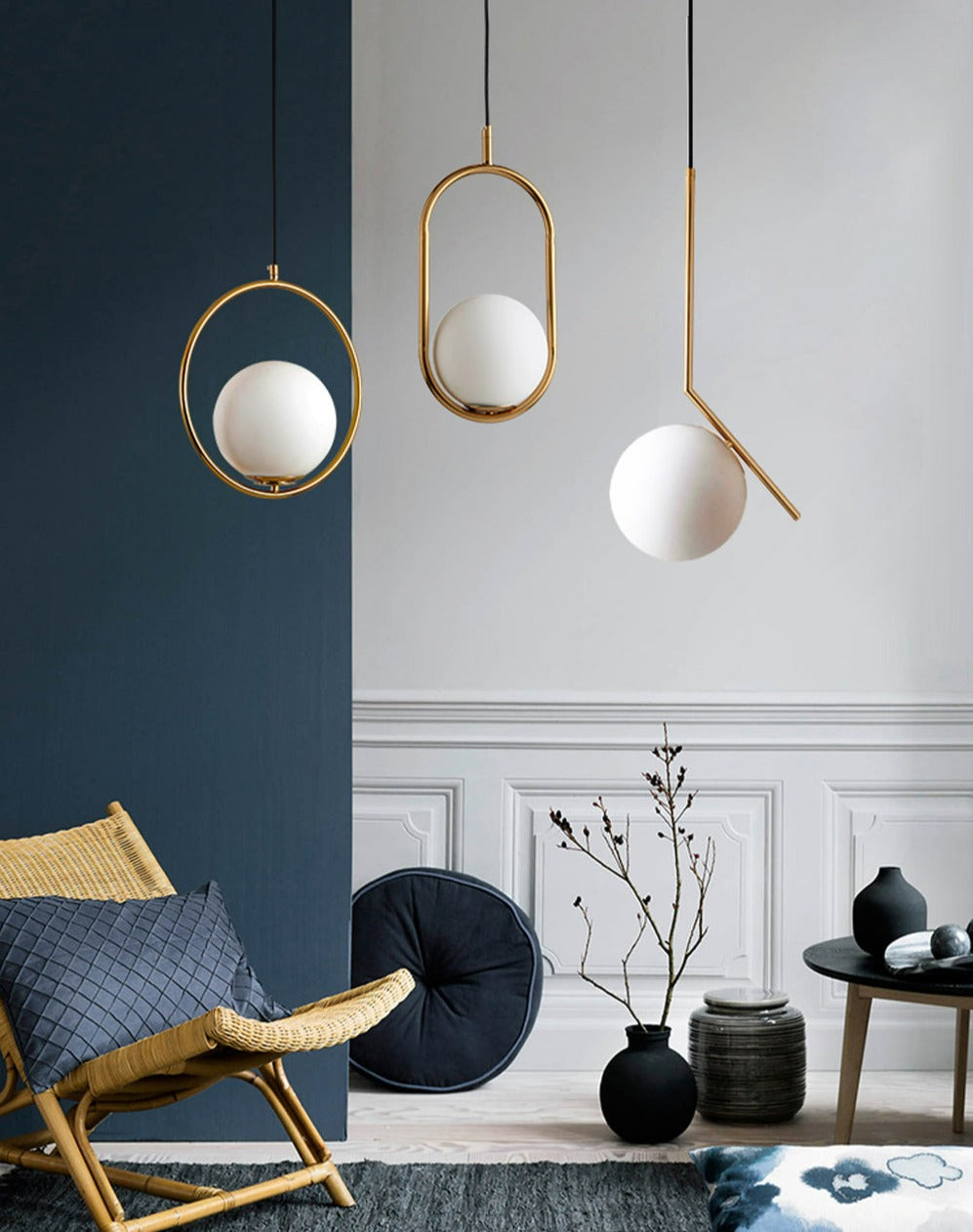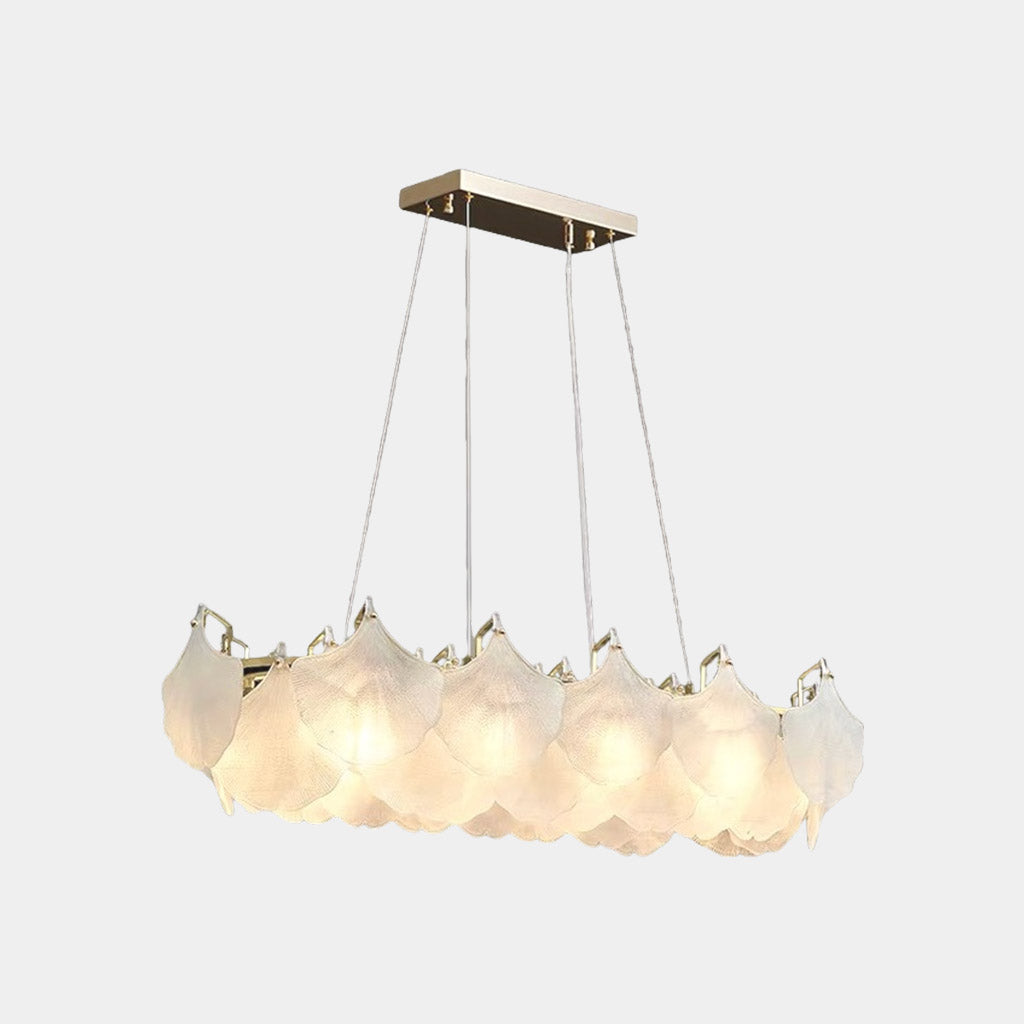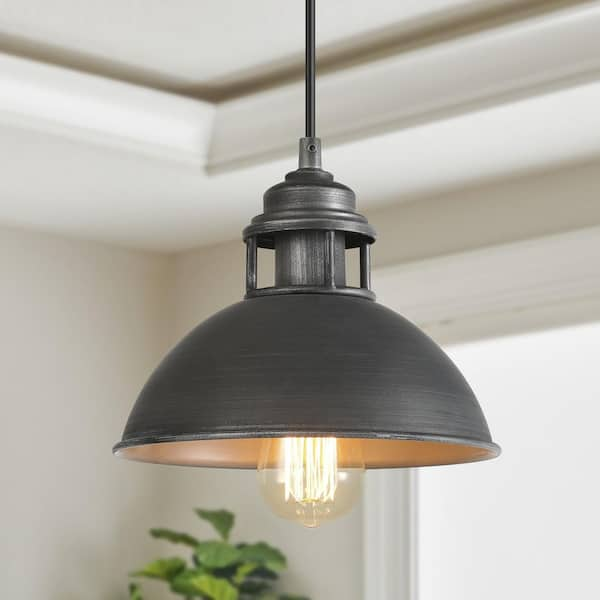A Comprehensive Guide to Putting Up and Preserving Your Necklace Light
Setting up and keeping a pendant light needs mindful planning and implementation. Proper elevation dimensions can improve both capability and layout. Crucial tools and a clear installation process are critical for an effective configuration. Regular maintenance warranties long life and efficiency. Understanding these aspects can transform an area. Nevertheless, understanding where to begin might appear intimidating. What actions should one focus on to achieve the very best results?
Recognizing Necklace Light Styles
While numerous homeowners seek to improve their spaces with pendant lights, recognizing the numerous designs available is vital for making an informed option. Necklace lights can be found in a multitude of styles, each offering special aesthetic and functional advantages. Typical pendant lights commonly feature traditional forms and materials, such as glass or steel, giving a timeless charm. Contemporary styles, on the various other hand, may include cutting-edge materials and strong colors to create striking focal factors.
Industrial-style necklaces frequently utilize raw products like exposed bulbs and rustic surfaces, appropriate for lofts and contemporary setups. For an extra whimsical touch, vintage-inspired choices evoke fond memories with detailed information and retro finishes. Additionally, minimalist layouts concentrate on simplicity and tidy lines, appealing to those who favor underrated style. Recognizing these varied designs enables property owners to pick necklace lights that not just matches their design yet additionally offers their functional lights needs successfully.
Gauging the Perfect Elevation for Your Necklace Light
How does one establish the excellent elevation for a necklace light? To accomplish the very best functionality and visual allure, several variables need to be taken into consideration. Typically, a necklace light need to hang 30 to 36 inches over an eating table to assure enough illumination without blocking sights. Precede with high ceilings, the component might be placed slightly higher to maintain proportionality.
For cooking area islands, a height of 28 to 34 inches over the countertop is normally advised, allowing for ample light insurance coverage while keeping a welcoming environment. In living locations, the pendant should be hung at a height that matches the surrounding design and does not develop a hazard for people strolling below it.
Eventually, personal choice and space dimensions play significant functions in establishing the ideal elevation. Examining various heights prior to final setup may help achieve the preferred effect and capability.
Tools and Products Needed for Installation
Successful setup of necklace lights needs a specific set of products and devices to guarantee a smooth process. Crucial tools consist of a screwdriver, wire pole dancer, and a drill, which promote secure fixture add-on and proper electrical wiring. A voltage tester is crucial for verifying safety and security by making sure that power is off before beginning any type of electric work.
In addition to devices, specific products are needed for installment. These consist of the pendant light component itself, electric circuitry, wire nuts for secure connections, and installing hardware. A ceiling hook might also be called for, relying on the fixture's style.
For added safety and comfort, a ladder will help in reaching high ceilings, while a degree assures that the light hangs evenly. Preparing these tools and materials ahead of time improves the installation process, making it much more efficient and efficient. Proper prep work is important to achieving an effective pendant light installment.
Step-by-Step Setup Process
With the required tools and materials gathered, the setup process for pendant lights can start. First, the power supply ought to be switched off at the circuit breaker to ensure security. Next, the placing brace needs to be affixed to the electric box in the ceiling. After protecting it, the electrician's tape ought to be used to cover any kind of subjected wires.
Adhering to that, the pendant light's wires are attached to the matching cords in the ceiling: black to black (or red), white to white, and environment-friendly or copper for ground. As soon as the links are made, they need to be protected with wire nuts.
The necklace light can after that be affixed to the installing bracket, ensuring it hangs at the preferred height. Finally, the light bulb is inserted, and the power is transformed back on at the breaker, permitting the brand-new necklace light to illuminate the room.
Preserving and Cleaning Your Necklace Light
What actions should be taken to ensure the long life and aesthetic appeal of pendant lights? Normal upkeep and cleaning are vital in preserving their elegance and performance. Dust and dust can gather on pendant lights, reducing their sparkle. To cleanse, a soft, lint-free towel or microfiber towel should be utilized, together with a gentle cleaner appropriate for the surface material - Pendant Light. For glass or crystal pendants, a glass cleaner can boost clarity without touches
It is a good idea to shut off the light and enable it to cool before cleaning. Furthermore, inspecting the component for loose bulbs or connections occasionally assures safety and security and optimal efficiency. If suitable, changing light bulbs regularly avoids strain on electrical components. Keeping a safe atmosphere by avoiding direct exposure to dampness can greatly extend the life of pendant illumination. Following these steps will keep necklace lights looking their ideal while operating properly.
Repairing Usual Pendant Light Issues
When pendant lights breakdown, a number of typical issues might occur, consisting of flickering light bulbs, incorrect installation, and voltage fluctuations. Recognizing the root cause is vital for reliable repairing and ensuring peak performance. Attending to these problems without delay can enhance the longevity and capability of necklace illumination fixtures.
Flickering Light Light Bulbs
Flickering light bulbs can be a source of stress for property owners, commonly signifying underlying electric issues or basic maintenance needs. This phenomenon may stem from loosened bulb connections, where the light bulb is not firmly suited the socket, triggering intermittent call (Pendant Light). In addition, malfunctioning or aging light bulbs may flicker as they near the end of their life expectancy. One more typical reason is irregular voltage, which can emerge from problems within the electric system or straining circuits. House owners ought to also check for damaged circuitry, as this can bring about flickering and posture safety dangers. Timely replacements and normal evaluations are essential to guarantee correct functionality and to preserve a safe home setting. Determining the source without delay can prevent further problems

Wrong Installation Concerns
Incorrect setup of pendant lights can result in a variety of issues that may resemble those brought on by flickering light bulbs. Common issues consist of loosened circuitry links, which can disrupt the circulation of electricity and cause intermittent illumination. In addition, if the installing bracket is not securely fastened, the pendant may hang erratically, creating an unstable fixture that can cause resonances or noise. Inaccurate light bulb kinds or electrical power can likewise add to performance problems, as inappropriate light bulbs may not find out function effectively in the component. Inadequate spacing from the ceiling can develop darkness or decrease light distribution, reducing the intended result of the necklace light. Identifying and dealing with these installation errors is important for attaining proper performance and aesthetic appeal.
Voltage Change Troubles
Necklace lights can boost an area's ambiance, voltage variations can lead to significant efficiency problems. These fluctuations may cause flickering lights, decreased illumination, or perhaps premature light bulb failing. To diagnose such troubles, one need to initially check the light fixture's compatibility with the voltage supply. Making use of a multimeter can help gauge voltage degrees and recognize abnormalities. If voltage issues persist, it may be necessary to inspect the electric system for loosened connections or faulty circuitry. In some cases, consulting an accredited electrical contractor is a good idea to ensure safety and conformity with neighborhood codes. Correctly resolving voltage changes not just improves the performance of pendant lights however likewise expands their life expectancy and enhances general lights high quality.
Enhancing Your Space With Pendant Light Positioning
Efficient pendant light positioning can substantially improve an area by sticking to excellent height standards, making certain the best illumination degree. Layering these lights with other resources can develop a balanced environment, highlighting prime focus within the space. Accomplishing a harmonious look needs mindful consideration of both the component's placement and its connection with bordering aspects.
Optimal Elevation Standards
When pondering the perfect height for pendant lights, a basic standard recommends hanging them about 30 to 36 inches over a counter top or table surface area. This elevation allows for website here maximum lighting while guaranteeing that the light does not obstruct views or produce hazards. In dining areas, pendant lights must be placed to enhance the dining experience, typically around 28 to 34 inches over the table. For kitchen islands, preserving harmony across several pendants can produce a cohesive look; spacing them uniformly and adhering to the recommended elevation improves performance. It is important to take into account ceiling height as well, as higher ceilings might need adjustments to maintain proportionality and visual allure. Proper height placement greatly adds to the overall ambiance of an area.
Layering With Other Lights
As pendant lights are integrated right into a more comprehensive lighting layout, they can greatly enhance the atmosphere of an area. Their flexibility permits them to be layered with ambient, job, and accent illumination, creating an unified equilibrium. Incorporating pendant lights with recessed lights can offer basic illumination while highlighting particular areas. Job illumination, such as under-cabinet lights, can complement necklaces in kitchen areas, ensuring performance without giving up style. Accent lights, like wall surface sconces, can further enrich the environment, attracting interest to artwork or building attributes. By purposefully positioning these lights, house owners can accomplish depth and measurement, transforming an average room right into a magnificently brightened setting that satisfies numerous activities and state of minds.
Centerpieces and Equilibrium

Tactically placed pendant lights can work as captivating focal factors within a room, attracting the eye and boosting the general aesthetic. When choosing pendant lights, it is essential to think about their shade, dimension, and shape to assure they complement the existing design. A vibrant, extra-large necklace can produce a striking focal point above a dining table, while smaller sized fixtures may function much better in collections to achieve a well balanced look. Furthermore, placing pendant lights at varying heights can add deepness and aesthetic rate of interest to the space. Keeping equilibrium with various other elements, such as furniture and wall surface colors, will make sure that the necklace lights improve the room without overwhelming it. Thoughtful positioning changes the ambiance, developing an unified and inviting atmosphere.
Regularly Asked Inquiries
Can I Install a Pendant Light in a Recessed Ceiling?
The inquiry of whether a pendant light can be installed in a recessed ceiling frequently emerges. Usually, it is feasible with suitable installing equipment, making sure appropriate support and electric links for efficient and safe installation.
What Kind of Bulb Is Best for Pendant Lighting?
When choosing light bulbs for necklace lights, LED choices are commonly liked as a result of their energy efficiency and long life. Furthermore, the color temperature level should match the desired atmosphere, with warm white being a prominent option for relaxing setups.
Are Pendant Lights Safe for Outdoor Use?

How Do I Choose the Right Necklace Light Power Level?
Choosing the best necklace light power level involves assessing the room's size, wanted illumination, and component compatibility. Usually, reduced electrical powers fit ambient illumination, while higher electrical powers provide job lighting, guaranteeing capability and visual appeal.
Can I Use a Dimmer Change With My Pendant Light?
The concern emerged whether a dimmer button can be used with a necklace light. Typically, if the light fixture and light bulb are suitable, a dimmer button can effectively boost atmosphere and control illumination levels.
When pendant lights breakdown, a number of typical issues may develop, including flickering light bulbs, incorrect installment, and voltage fluctuations. Inappropriate installation of pendant lights can lead to a range of problems that may appear like those triggered by flickering bulbs. Poor spacing from the ceiling can create shadows or reduce light distribution, reducing the intended impact of the necklace light. Reliable pendant light placement can considerably enhance a space by adhering to optimal height standards, making sure the right illumination degree. When choosing bulbs for necklace lights, LED options are typically favored due to their energy performance and longevity.